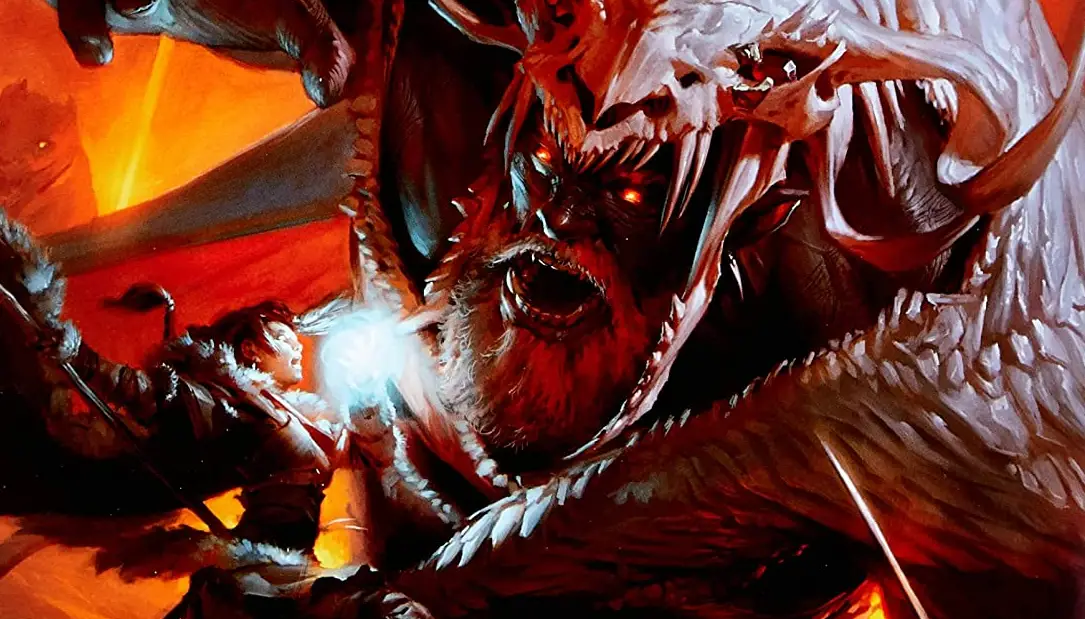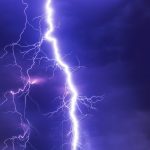Table of Contents
This Wizard 5e Guide
After reading this Wizard 5e Guide, you will have a deeper understanding of the Dungeons & Dragons Fifth Edition class, the Wizard. It will cover the basic information related to this class and highlight specific information worth considering before creating your character. Arcane Traditions and their significance will be covered in this Wizard 5e Guide, as well as the most effective Wizard spells and potential multi-class options for the Wizard.
The Wizard Class
The Wizard class in D&D 5e is fairly straightforward. As a Wizard you have access to a wide assortment of increasingly powerful spells, and a respectable number of spell slots even at lower levels. Wizards are capable of casting spells with a variety of uses and thus it is easy to create a Wizard who is both a useful utility character, and a powerful opponent on the battlefield.
Class Features
As a Sorcerer, you gain the following class features.
Hit Points
Hit Dice: 1d6 per Wizard level
Hit Points at 1st Level: 6 + your Constitution modifier
Hit Points at Higher Levels: 1d6 (or 4) + your Constitution modifier per Wizard level after 1st
Proficiencies
Armor: none
Weapons: daggers, darts, slings, quarterstaffs, light crossbows
Tools: none
Saving Throws: Intelligence, Wisdom
Skills: Choose two from Arcana, History, Insight, Investigation, Medicine, and Religion
Equipment
You start with the following equipment, in addition to the equipment granted by your background: * (a) a quarterstaff or (b) a Dagger * (a) a Component Pouch or (b) an arcane focus * (a) a Scholar’s Pack or (b) an Explorer’s Pack * a Spellbook.
Wizard Multi-classing
A fun option when designing a character is multi-classing. This is the act of specializing in multiple classes at once. While the Wizard class does not necessarily mesh with most other classes, there are a few exceptions worth considering.
Cleric + Wizard
The Cleric can be built to be a fairly effective opponent in combat, something the Wizard is incapable of outside of ranged magic attacks. This multi-class offers higher Hit Points than the Wizard would ordinarily have, without sacrificing magical ability.
Druid + Wizard
The Druid class emphasizes connection to nature and opens up spells that Wizards do not usually have access to. Most notable are the Druid’s healing abilities, which give this multi-class an awesome amount of spell casting potential.
Bard + Wizard
The Bard class emphasizes charisma, buffing allies, and interacting with other people. The Bard’s healing abilities, and all of the social benefits the class offers, make this multi-class both a stronger spell caster and more diverse character than either class offers on their own.
Spells for Wizards
The Wizard spell sheet has access to an enormous number of spells — twenty-seven at Level One, thirty-one at Level Two, and twenty-eight at Level Three — that allow for an extensive number of possible character builds. Level One spells such as Comprehend Languages, Charm Person, and Disguise Self offer the Wizard a lot of utility in social interactions, while spells like Mage Armor, Magic Missile, and Shield allow the Wizard to protect themselves or allies on the battlefield, and deal damage with long range attacks. At Level Two, incredibly useful spells like Invisibility, Misty Step, and Suggestion are unlocked. At Level Three, spells like Counterspell, Fireball, and Fly unlock even more of the Wizard’s spell casting ability.
Click here to find a list of the best Wizard spells!
Arcane Traditions
The selection of an Arcane Tradition at Level Two will influence the Wizard’s growth as their strength increases. There are thirteen approved Arcane Traditions in D&D 5e. Those are: Abjuration, Bladesinger, Chronurgy, Conjuration, Divination, Enchantment, Evocation, Graviturgy, Illusion, Necromancy, Order of Scribes, Warmagic. Carefully consider your selection at Level Two, as the benefits unlocked at Level Two, Six, Ten, and Fourteen will flavor your character’s development going forward.
Abjuration – A school of magic that teaches protection, of oneself and their allies.
Bladesinger – A school of magic that incorporates the art of movement and swordplay.
Chronurgy – A school of magic that allows one to alter reality and time.
Conjuration – A school of magic that allows one to create things from nothing.
Divination – A school of magic that grants foresight, a glimpse into the future.
Enchantment – A school of magic which seeks to charm and impress others.
Evocation – A school of magic that manipulates the elemental forces.
Graviturgy – A school of magic that alters the force of gravity.
Illusion – A school of magic that alters perception to terrify or delight.
Necromancy – A school of magic that manipulates the forces of life and death.
Order of Scribes – A school of magic that seeks to study magical forces intensely.
Transmutation – A school of magic that allows one to manipulate physical matter.
War Magic – A school of magic that trains spellcasters for war.
Wizard Level Breakdown
At Level One, the Wizard gains the ability to make use of Arcane Magic, reading spells contained within their Spellbook. Level One Wizards also have the Arcane Recovery ability, which allows them to recover used spell slots once per day following a short rest. At Level One, Wizards know three cantrips, their Spellbook contains six spells, and they have two first level spell slots. At Level Two, the Wizard chooses a magical specialty from among the Arcane Traditions, and gain an additional first level spell slot. At Level Three the Wizard gains a fourth first level spell slot, as well as two second level spell slots. At Level Four the Wizard gains a third second level spell slot, in addition to an ability score improvement. While a plus one to two skills or a plus two to one skill at Level Four has its advantages, I would suggest the Wizard study potential feats that could be taken at this stage in place of the ability score improvement.


